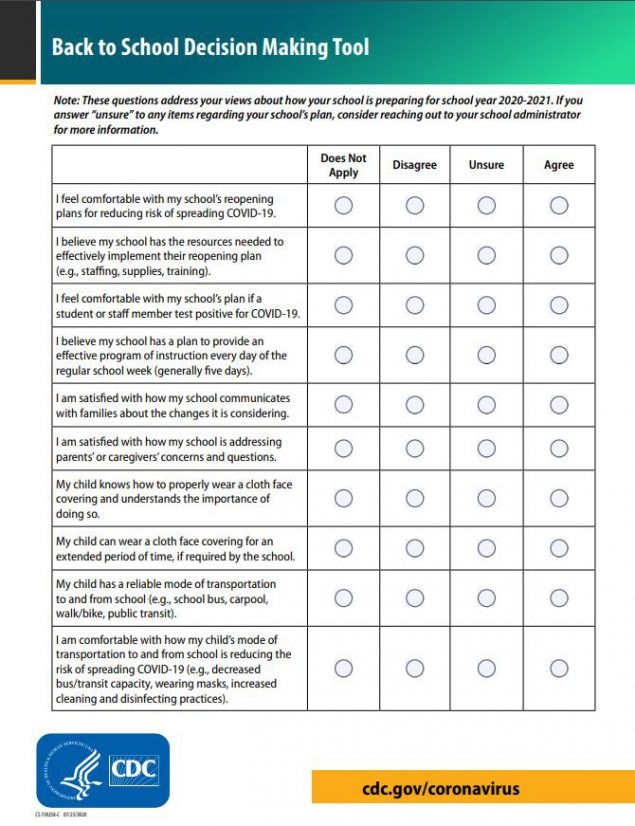One of the hardest parts of COVID-19 for my own children has been the significant reduction in socialization. This is not a surprise based upon the limits put on interactions and their own social-emotional developmental stage. Being around peers is normal and healthy part of child development. At age 5 or 18, kids work to develop a stable self-concept, determine standards for their behavior, learn how the social world works, and develop strategies for self-control through peer interaction. In older adolescents, teens begin to actively separate from their parents. The need to be accepted by friends and belong to a peer group increases starting around age 7 and prosocial behaviors (such as cooperation, sharing, and empathy) are acquired. With peers, children and teens learn how to handle conflict, build trust, practice loyalty, and how to support others. Time with other children is a crucial piece of growing up and sadly children and teens have lost many of these opportunities since March. This has caused some kids and adolescents to act out at home, feel down, or lonely. This is ok, and should even be expected. (Click here to see Mental Health Red Flags for which parents should stay alert.)
So how can you support your child work through these social developmental milestones while interactions are limited? Deciding between allowing social interaction and protecting from the corona-virus is a balancing act. It may help to think of social activities on a spectrum of risk to determine what is best for your child and family. Emily Smith, Assistant Professor of Global Health, Exercise, and Nutrition Sciences at George Washington University’s Milken Institute School of Public Health, suggests considering people, space, place, and time before deciding to meet with others.
People: Try to keep the total number of people with whom your children interact to a minimum. This may mean only allowing in-person interaction with a very small number of friends.
Space: I think we all know that 6 feet apart or more is best. Wearing a mask is advised, especially in situations where 6 feet cannot be guaranteed.
Place: Outside is better than inside. Open spaces carries less risk of infection, therefore setting up play dates that involve walks in the park or kickball is better than indoor play.
Time: Increased time together equals an increase is risk of infection. Per the CDC, being within 6 feet of a sick person with COVID-19 for a total of 15 minutes counts as a COVID exposure.
So, now that you know how to lower the risks of exposure- what are activities that have lower risks and could allow your child the chance to interact with their peers? Phone calls and video calls are no risk of infection. The Mayo Clinic suggested that outdoor activities such as walking, running, and biking are low risk. They also suggest outside games like sidewalk chalk and frisbee (with the use of hand sanitizer) or meet ups for drive-in movies, and picnics (stay 6 ft apart and bring your own food and utensils).
Ultimately, this is a personal decision based upon the health and needs of your family. You must weigh the consequences of a COVID-19 exposure (possible sickness, or quarantine) against the reward for socialization. There's no easy answer and the struggle is real. If your having trouble deciding, talk about it with someone you trust or try making a pros and cons list. In the absence of treatment and a vaccine, Bertha Hidalgo, an epidemiologist and associate professor at the University of Alabama at Birmingham’s School of Public Health recommends you proceed with caution and take care to assess risk. “We simply don’t know enough about the virus to be cavalier about returning to before-COVID life. We still need to proceed with caution and do it not only for ourselves, but for others as well,” she says.
**Please reach out to your child's school counselor or try one of these resources if you are worried about the mental health of your child.**
https://www.theatlantic.com/family/archive/2020/06/how-quarantine-will-affect-kids-social-development/613381/
https://www.teenvogue.com/story/socializing-during-coronavirus-what-to-know
https://www.cdc.gov/coronavirus/2019-ncov/php/public-health-recommendations.html
https://www.mayoclinic.org/diseases-conditions/coronavirus/in-depth/safe-activities-during-covid19/art-20489385


